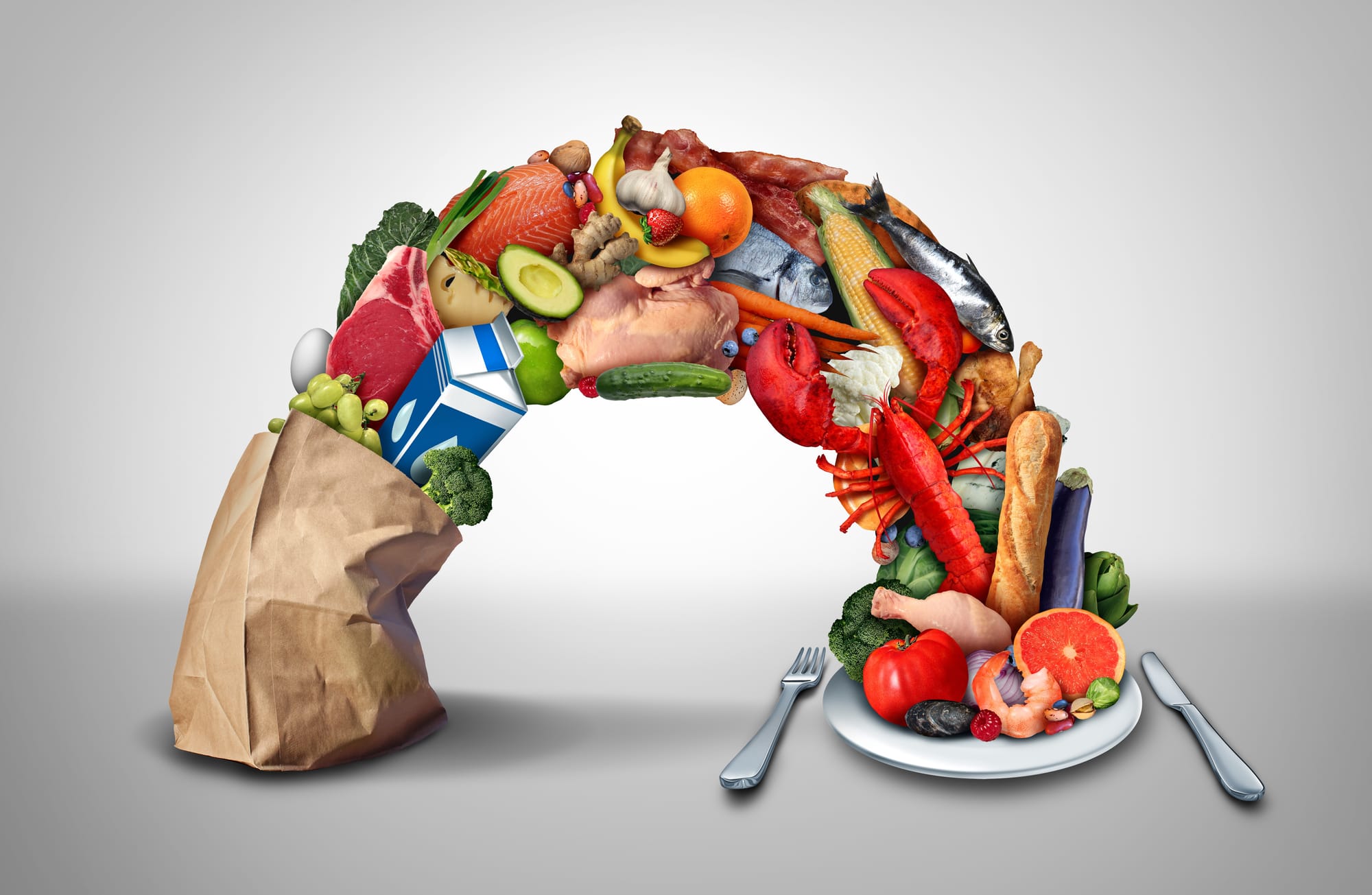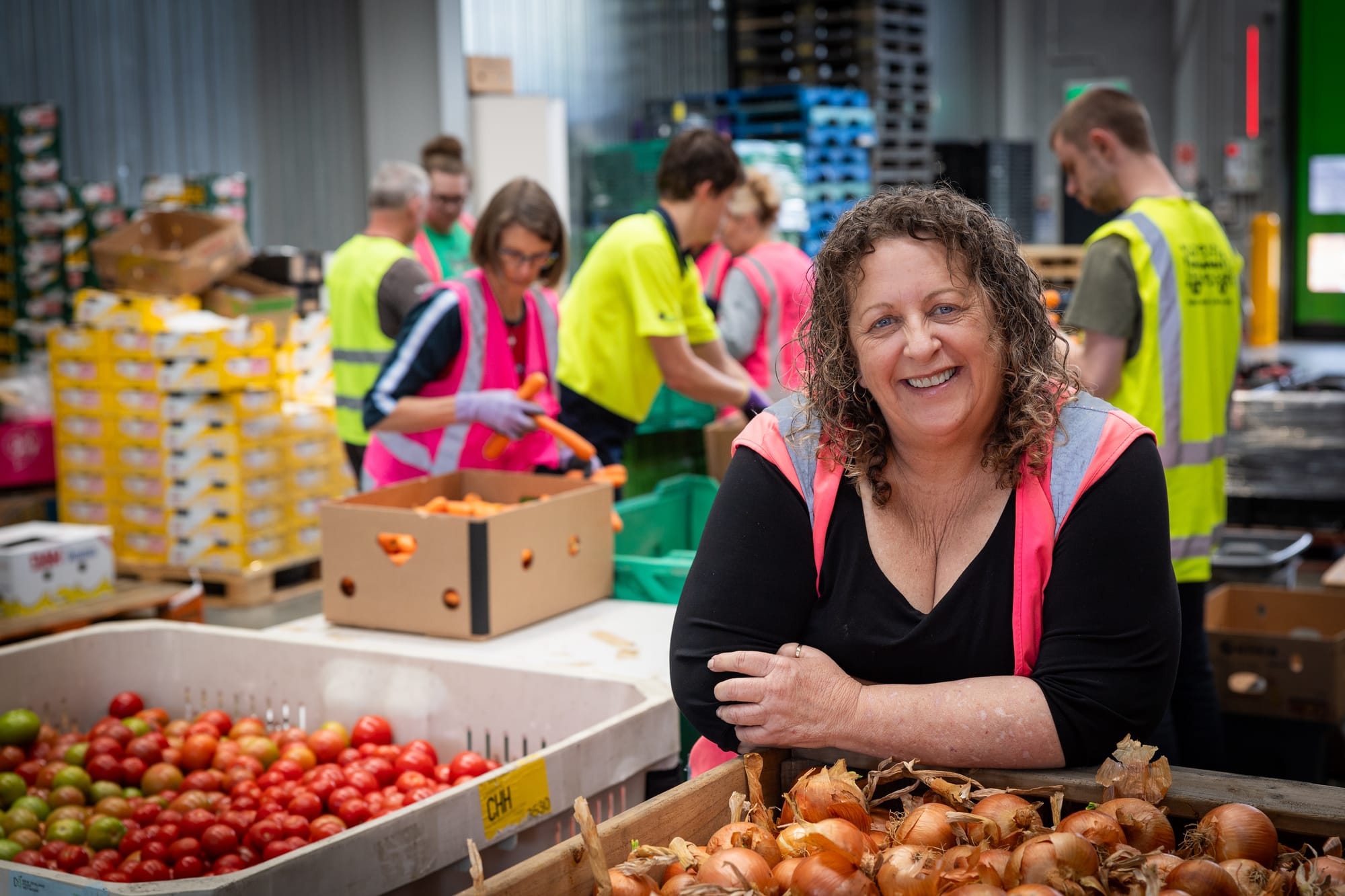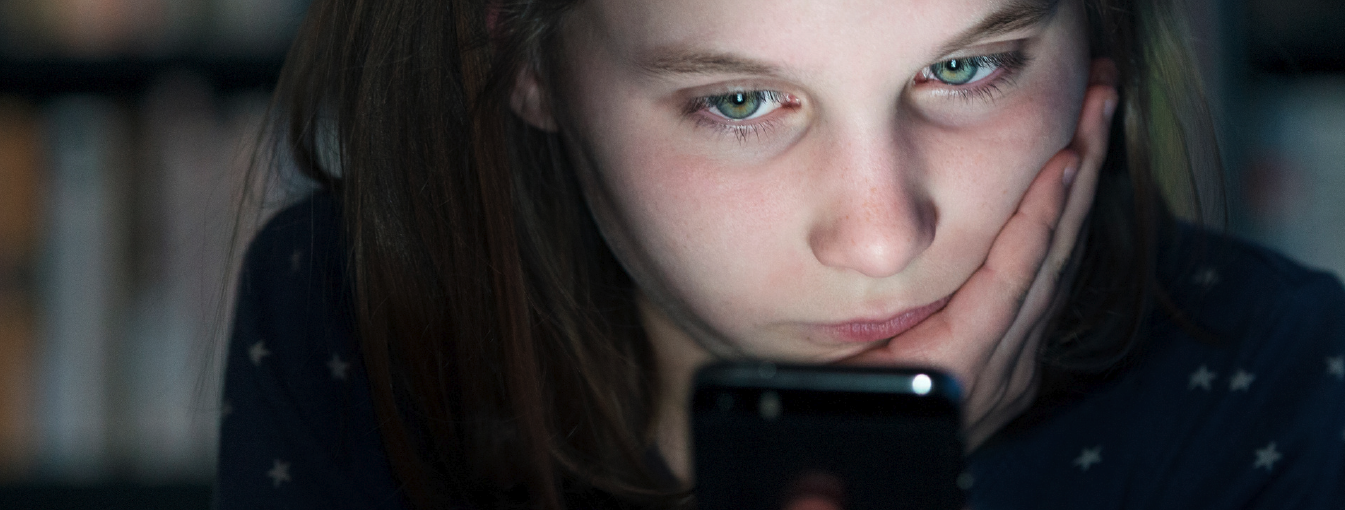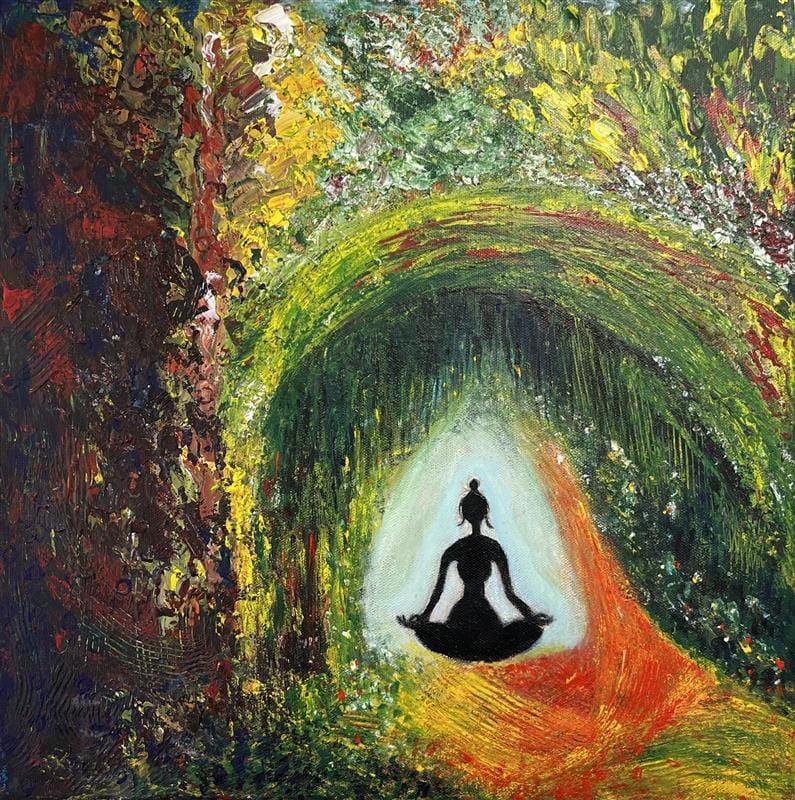
Meal plan
For over thirteen years KiwiHarvest has been proving a simple truth—food rescue works. Since 2012, we’ve saved over fifteen million kilos of perfectly good food from going to landfill. That’s over $100 million worth of retail food redistributed to people who need it most. And we’re just getting started.
We’re New Zealand’s largest food rescue organisation, with branches in Auckland, North Shore, Queenstown, Invercargill, and Dunedin. In the last financial year, we had our biggest year on record. We work with 270 food donors, collecting food that’s still high-quality but surplus to commercial requirements. We distribute that food, free of charge, to 220 community organisations that feed people as part of their mahi.
Suppliers to the MHAID sector
These organisations are the front line—providing not just food parcels and community meals, but also budgeting advice, housing support, addiction services, social work, health and well-being programmes, advocacy, cooking classes, employment help, gardening projects, school clothing, furniture, school holiday programmes—you name it.
We audit every one of these organisations to make sure they’re delivering more than just food. Our mission isn’t just about filling bellies—it’s about supporting the whole person. And it starts with meeting the most urgent, immediate need: “I can’t feed my family.” When that need is met, people are in a better space to seek help with everything else that’s weighing them down.
But food rescue isn’t just a charitable act—it’s an environmental necessity. If KiwiHarvest didn’t exist, all that food would be in landfill, producing CO2 equivalent gases. Globally, if food waste was a country, it would rank as the third-largest emitter of climate change gases—behind only China and the US. It’s bigger than the aviation industry, bigger than transport. About one-third of the food produced worldwide goes to waste.
Much of that waste is driven by us—consumers. Stand in a supermarket for ten minutes and you’ll see it. People pick over every apple, every carrot, looking for perfection. I’ve seen bins of carrots rejected for being “too orange.” Fruit with tiny blemishes, unsellable. Bread that’s still soft and fresh, milk with two or three days left on it—shoppers won’t touch it. Instead, they reach to the back for the longest expiry date. When stock gets too close to its date, supermarkets can’t sell it. That’s where we come in.
Let me be clear—supermarkets are willing participants in this process. They don’t want to waste food. They work with us to make sure surplus food goes to people who need it. We collect fresh produce, dairy, meat, bread, and dry goods—still safe, still good quality. We’re not talking about dumpster diving here. Our food is high-quality, nutritious, and safe.
Ponder this
A $5 donation provides three meals for a family of four.Global Food Waste = Third Largest Emitter: If food waste were a country, it would be the world’s third-largest emitter of climate change gases. Food Rescue Growth:KiwiHarvest grew by 32% in 2023 and 16% in 2024proving surplus food volumes continue to rise.
Take best-before dates, for example. People think food is bad the moment it hits that date, but it’s not. It’s a quality marker, not a safety one. Biscuits might lose their crunch. M&Ms might lose their shine. Yoghurt is still good five to seven days after its best-before. Milk, three to five days. Bread? We all know a quick zap in the microwave brings it back to life.
We check every item, we train our recipient agencies to do the same, and all our vehicles are refrigerated. We deliver food the same day it’s collected, getting it straight to community kitchens and food banks ready to serve people that night.
Food poverty can effect everyone
It’s not just the poorest. It’s nurses, teachers, police officers—working families who simply can’t make ends meet. I remember hearing about a family just around the corner. Dad’s a police officer. Mum’s a teacher. Their car broke down. By the time they paid that bill, they had nothing left for groceries that week. That’s the reality of the cost-of-living crisis.

I feel it myself. I’ve got two grown kids, and one still at home studying. We used to buy Milo every fortnight—$3.50 a pack. Now it’s $8.50. I almost cried. It’s just Milo, but when you’ve got young kids, those little things matter. And if I’m feeling it, I can only imagine what it’s like for those with less.
Mental health impact
I’ve been there. When my kids were five and six, I was a single parent. After covering rent, bills, petrol, and insurance, I had $23 left for the week. If anyone needed shoes or a school uniform, I didn’t know how I’d do it. The stress was relentless. It seeped into every part of our lives. That’s what food poverty does. It creates anxiety, depression, and a constant state of worry. But food relief cracks that stress. It gives people breathing space to think about their next step.
Last year, we grew by 16%. The year before, by 32%. There’s more food out there to rescue—we know that. What holds us back is funding. We can feed a family of four with three meals for just $5. I don’t know anyone else who can do that.


